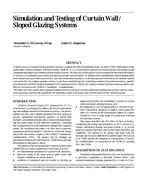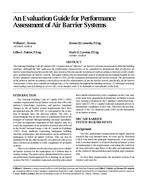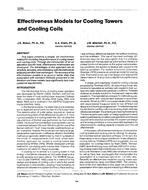Addition of an energy storage system to a building’s systems changes control strategies. In a building without energy storage, the heating and cooling plants are the only energy sources for heating and cooling. In a building with energy storage, the energy reservoir provides the necessary heating and cooling while the central plant augments the energy storage. Utilization of energy storage is very important in commercial buildings. In most cases, the objective in designing a storage system is to deplete, at the end of the day (or night), to maximize system efficiency and to reduce the use of central plant equipment as much as possible.
Key factors in operating the energy storage system are: start time of depletion, initial depletion rate, depletion rate during the day, projection of peak load, maximum depletion rate, and adaptive control as a function of the building load. Charging the reservoir is also very important. The time to charge, charging rate, and start time to charge are the factors that affect the operation of the system. The design of the energy storage system has to accommodate energy strategies such that use of primary energy is minimized. Therefore, the output from the reservoir must be manageable and predictable at all times. It is necessary to consider in detail all the system’s interactions for optimum operation of energy storage systems.
Citation: Symposium, ASHRAE Transactions, Volume 86, Part 2, Denver, Colorado
Product Details
- Published:
- 1980
- Number of Pages:
- 15
- File Size:
- 1 file , 1000 KB
- Product Code(s):
- D-DV-80-06-3


